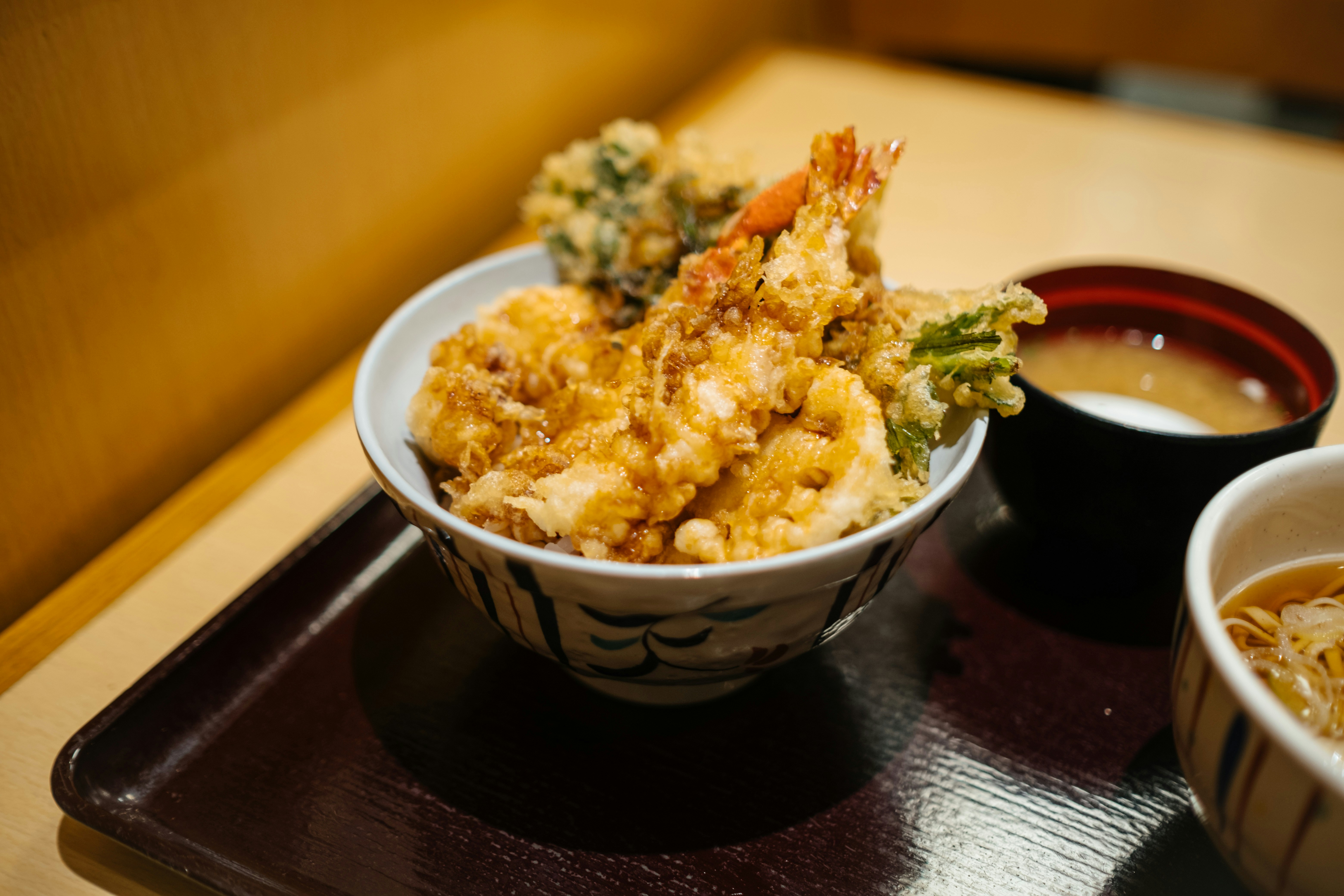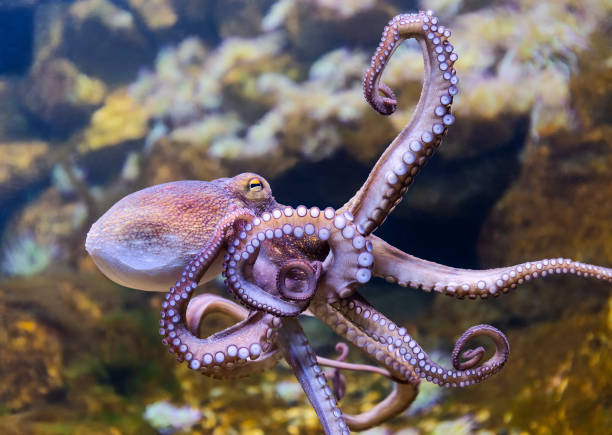A Deep Dive into the Art of Cooking with Insects
Insects have been a part of the human diet for centuries in numerous cultures around the world. Today, the practice is making a comeback, with bugs appearing more and more on menus across the globe. In this article, we'll explore the culinary potential of insects and bust some common myths about these non-traditional foodstuffs. We'll look into the nutritional benefits of insects, how they're being incorporated into modern cuisine, and why they could be a key ingredient in a more sustainable future.

The Nutritional Powerhouse of Insects
Insects are more than just a novelty food item. They’re packed with essential nutrients like protein, fiber, and a variety of vitamins and minerals. Crickets, for example, contain about as much protein as chicken, and mealworms are rich in heart-healthy omega-3 fatty acids.
Flavors and Textures: A New Frontier
The world of edible insects is diverse and full of unique flavors and textures. Silkworm pupae have a nutty flavor, while giant water bugs boast a taste reminiscent of apple. The texture of insects can range from crunchy to creamy, adding an exciting twist to familiar dishes.
Insect Cuisine: Innovations and Trends
Chefs around the world are finding innovative ways to incorporate insects into their dishes. Some are grinding them into flour for baking, while others are using them as a protein source in smoothies and energy bars. There’s even a growing trend of gourmet insect-based dishes in high-end restaurants.
Overcoming the ‘Yuck’ Factor
Despite the benefits, the biggest hurdle to widespread acceptance of insects as food is the “yuck” factor. Changing perceptions will require education and exposure. Some companies are making insects more palatable by processing them into powders or incorporating them into familiar foods like pasta and granola bars.
Insects: A Sustainable Food Source
Insects could be a solution to some of the environmental challenges posed by traditional livestock farming. They require less land, water, and feed, and they produce fewer greenhouse gases. As the global population continues to grow, insects could play a key role in meeting our future food needs.
Here are some interesting facts about insect cuisine:
-
Over 2 billion people worldwide already consume insects as part of their traditional diets.
-
Insects are cold-blooded, so they’re very efficient at converting feed into protein.
-
The Food and Agriculture Organization of the United Nations has been promoting insects as a sustainable food source since 2013.
While the idea of eating insects may seem strange or even gross to some, it’s clear that these tiny creatures have a lot to offer both nutritionally and environmentally. As we continue to explore new ways to feed our growing population, insects might just be the next big thing in the culinary world. So, next time you see a bug on your plate, don’t be so quick to squish it - you might be looking at the future of food!





